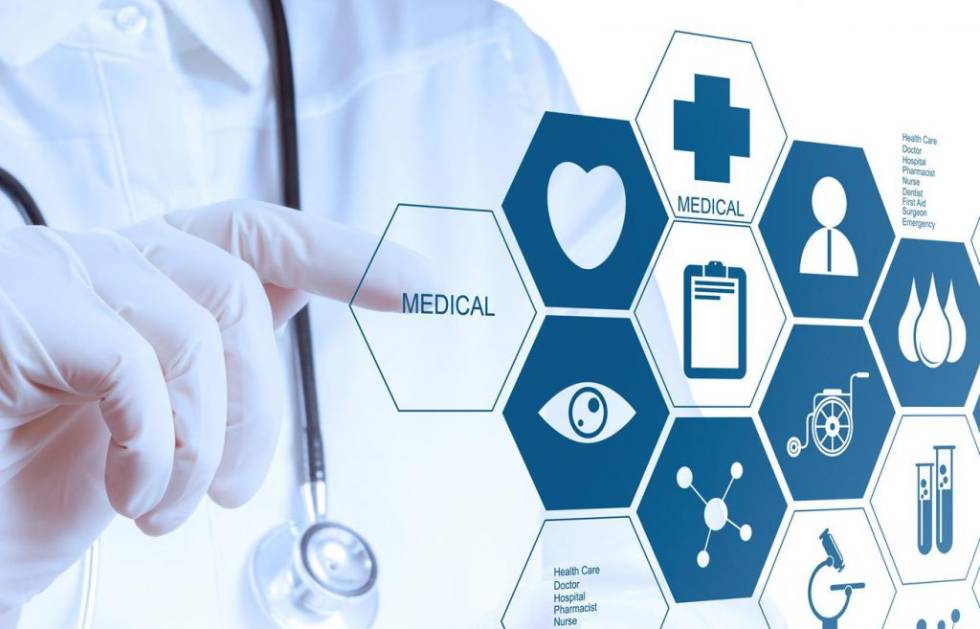Diagnostic centers play a crucial role in healthcare by providing essential medical tests and imaging services. The information gathered through diagnostic tests supports healthcare professionals in developing effective treatment plans and monitoring patients' progress. Here's how diagnostic centers contribute to treatment planning and monitoring:
**1. Initial Diagnosis:
- Identification of Health Conditions: Diagnostic tests help identify and confirm various health conditions, ranging from routine illnesses to complex diseases.
- Early Detection: Early diagnosis through diagnostic tests allows for prompt intervention and treatment initiation, potentially improving patient outcomes.
**2. Treatment Planning:
- Data for Clinical Decision-Making: Diagnostics provide healthcare professionals with essential data to make informed decisions about the most appropriate treatment options for a patient.
- Personalized Medicine: Some diagnostic tests, such as genetic testing, enable the customization of treatment plans based on an individual's unique genetic makeup.
**3. Disease Staging:
- Severity Assessment: Imaging and laboratory tests assist in determining the extent and severity of a disease, aiding in the staging process.
- Guiding Treatment Strategies: Staging information helps clinicians tailor treatment approaches based on the stage of the disease.
**4. Monitoring Treatment Efficacy:
- Biomarker Monitoring: Diagnostic tests often include the measurement of specific biomarkers that can indicate the effectiveness of a treatment.
- Imaging Follow-Up: Follow-up imaging studies help assess how well a treatment is working and whether there are any changes in the size or characteristics of lesions or tumors.
**5. Medication Management:
- Therapeutic Drug Monitoring: Some diagnostic tests help monitor the concentration of medications in a patient's bloodstream, ensuring they are within a therapeutic range.
- Adjusting Dosages: Results from diagnostic tests may guide healthcare providers in adjusting medication dosages to achieve optimal therapeutic effects.
**6. Identifying Treatment-Related Complications:
- Adverse Effects Monitoring: Diagnostic tests can detect potential side effects or complications related to specific treatments.
- Risk Assessment: Monitoring helps identify patients who may be at a higher risk of complications, allowing for proactive measures.
**7. Monitoring Chronic Conditions:
- Disease Progression Tracking: Diagnostic tests assist in tracking the progression of chronic diseases over time.
- Adjustment of Treatment Plans: Regular monitoring provides data for adjusting treatment plans to manage the evolving nature of chronic conditions.
**8. Post-Treatment Surveillance:
- Cancer Surveillance: After cancer treatment, diagnostic imaging helps monitor for potential recurrence or the development of new tumors.
- Screening for Complications: Diagnostic tests may be used to screen for treatment-related complications, allowing for early intervention.
**9. Patient Follow-Up and Engagement:
- Communication with Patients: Diagnostic results facilitate communication between healthcare providers and patients, promoting patient understanding and engagement in the treatment process.
- Educational Opportunities: Diagnostic centers offer opportunities for healthcare professionals to educate patients about their conditions and the importance of adherence to treatment plans.
**10. Integration with Electronic Health Records (EHR):
- Data Integration: Diagnostic results can be seamlessly integrated into electronic health records, providing a comprehensive overview of a patient's medical history and aiding in continuity of care.
**11. Collaboration in Multidisciplinary Care:
- Consultation and Collaboration: Diagnostic centers support multidisciplinary collaboration, enabling healthcare professionals from different specialties to discuss and coordinate patient care.
**12. Continuous Improvement in Treatment Protocols:
- Research and Development: Aggregate data from diagnostic tests contribute to ongoing research and the development of new and improved treatment protocols.
**13. Preventive and Predictive Medicine:
- Screening for Risk Factors: Diagnostic tests are utilized for screening individuals at risk of developing certain conditions, allowing for preventive measures or early interventions.
- Predictive Markers: Certain tests may provide insights into a patient's risk of developing specific diseases, facilitating proactive health management.
**14. Patient Empowerment:
- Informed Decision-Making: Diagnostic information empowers patients to make informed decisions about their treatment options and lifestyle modifications.
Diagnostic centers play a pivotal role in the healthcare ecosystem, providing essential data and insights that guide effective treatment planning and monitoring. As technology and medical knowledge advance, the role of diagnostic centers continues to evolve, contributing to more personalized and precise approaches to patient care.





Comments